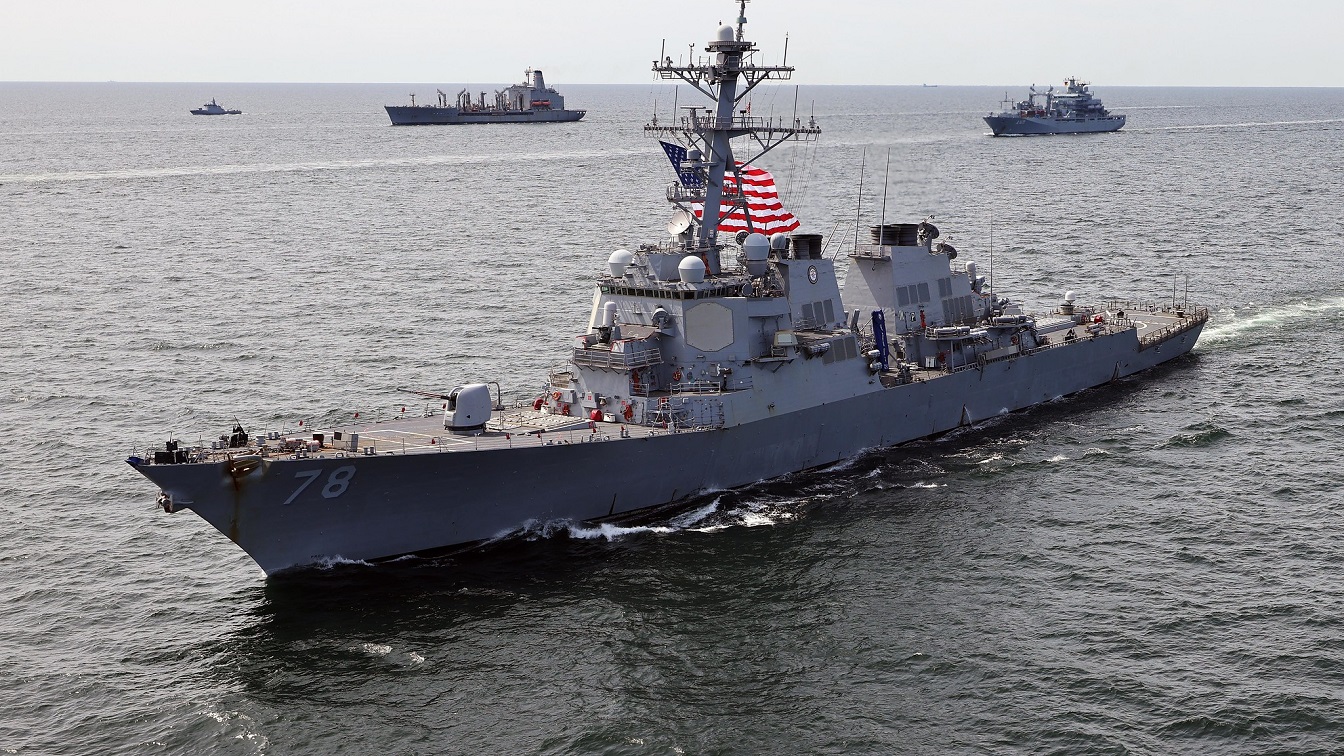The framework seems sound; now let’s see what substance the Pentagon and Biden administration hang on it. Last month the Joint Chiefs of Staff published a directive entitled Joint Concept for Competing, aimed at defining strategic competition and explaining how the U.S. armed forces will go about it. But because the concept’s framers define it as “adversary agnostic,” it’s hard to judge how commanders and their political masters will put it into effect at particular places and times.
Presumably a family of documents tailored to specific competitors and theaters will follow. One hopes so. By itself the Joint Concept for Competing is on the abstract and vague side. Strategy accomplishes little if ripped out of its geographic, political, and social context. And of course there’s the opponent. The opponent is not a potted plant. It is a living, thinking, impassioned competitor with its own interests, methods, and desire to win. Competition is a collision of living forces.
With those preliminaries aside, there is much goodness here. Strategic competition seems to be a curious beast. Competitors play for high stakes. Sometimes a competitor even hopes to bring about its opponent’s downfall, meaning it entertains what strategists call “unlimited” aims. For the most part, though, rivals seem to see averting hot war between them as the paramount goal. So they keep the competition beneath the threshold of armed conflict, consciously limiting the means they apply to a struggle for strategic advantage.
This is warlike strategy without the war.
Capping the means put into competing means settling for a drawn-out struggle. The Joint Concept for Competing explicitly avows that it will take fifteen to twenty years to shift the competitive balance with major antagonists. That’s doubly true in the case of the U.S.-China strategic competition. After all, America is playing from behind vis-à-vis Communist China. China resolved to make itself Asia’s dominant power back during the 1990s, when the United States was partially disarming following the Cold War and Americans were telling one another geopolitics was no more.
Beijing was a first mover in the competition; Washington is a late joiner.
Admiral J. C. Wylie would nod knowingly. In his parlance there are no “sequential” campaigns in peacetime that rumble step by step toward decisive victory. Strategic competition is what Wylie calls a “cumulative” mode of international interaction. It’s a scattershot mode of competition in which adversaries constantly take individual actions that may not be connected in time or space, in hopes of amassing a competitive advantage. Small gains add up. Competitors strive to make themselves strong at home and rally others to their cause, all while enfeebling their rival and loosening its alliances.
Cumulative undertakings are characteristically long, they seldom yield decisive or clear-cut results, and thus they’re often frustrating. In a sense strategic competition is virtual war. The contestant that convinces its opponent and third parties it would prevail should open war break out “wins” in peacetime competition. After all, people love a winner. But since there are no battles or engagements in peacetime, it’s possible for a perceived loser to change its fortunes for the better, over time, in the war for perceptions.
The Joint Concept for Competing is worth your time, but it leaves one huge question open and underwhelms in some respects. The open question is this: the concept’s drafters repeatedly—almost incessantly—remind readers that the Pentagon will usually be the “supporting” rather than the “supported” agency in U.S. strategic competition. That means the armed forces will be an enabler rather than the main policy implement for Washington.
That being the case, one wonders whether there’s a parallel effort underway within the administration—say, at the White House’s National Security Council (NSC)—to compile a parent, whole-of-government concept for competing. During the early Cold War the council formulated such a concept to govern competitive efforts against the Soviet Union and its allies. Is there an an NSC-68 in the making for competition with China, Russia, and other denizens of the hive of scum and villainy? If not, it’s unclear who will be orchestrating the use of the policy implements available to the administration.
One underwhelming aspect of the concept could prove critical. The directive vows to “expand the competitive mindset,” and that is essential. But as it turns out, the regards expanding the competitive mindset as “strategic assessment of the competitive environment.” In other words, it means fathoming the setting where the competition will play out. Broadening our perspective on the competitive space is necessary but insufficient.
Strategic assessment sounds rather sterile and bureaucratic. Officialdom needs to go beyond it and instill a competitive culture in the armed services. Everything lies downstream of culture. Get that right and the rest will follow. Every soldier, sailor, aviator, and marine is an implement of U.S. foreign policy, especially in a cumulative endeavor like strategic competition. Service folk need to grok that reality. Once they embrace the new normal an enterprising culture will take hold, and efforts to achieve competitive advantage will prosper.
Expanding the competitive mindset, then, is about more than knowledge. It’s about drive and determination, and thus about attitude. Carl von Clausewitz proclaims that an excellent military leader is possessed of an “inward eye” able to peer through the fog of human competition and discern what to do, and the “inward fire” to inspire others to see a martial undertaking through to its conclusion under often-frightful circumstances.
Yep. Let’s get our game face on.
A 19FortyFive Contributing Editor, Dr. James Holmes is J. C. Wylie Chair of Maritime Strategy at the Naval War College and a Nonresident Fellow at the Brute Krulak Center for Innovation & Future Warfare, Marine Corps University. The views voiced here are his alone.

